Navigating traffic rules is a key part of staying safe and avoiding fines while driving in Indiana. As 2025 brings a wave of legislative changes to the state’s roadways, one rule at the heart of every motorist’s journey stands out: the right turn on red. Even seasoned drivers may find it tricky to keep up with updates to these seemingly simple rules, especially as local governments modify longstanding practices to address urban growth, pedestrian safety, and congestion. This guide offers an in-depth look at the latest updates to Indiana’s right turn on red regulations, providing crucial information for drivers from Indianapolis to Fort Wayne, Evansville, South Bend, and beyond.
The Basics of Right Turn on Red
Across the United States, turning right on red after coming to a complete stop has been a fixture of traffic law for decades. In Indiana, this rule generally permits vehicles to turn right at a red light after ensuring the intersection is clear—unless a posted sign specifically prohibits it. The rule extends to left turns on red from a one-way street onto another one-way street traveling in the same direction.
Key Points:
-
Drivers must always come to a full stop before turning.
-
Turns are only permitted when there is no sign prohibiting the action.
-
The intersection must be clear of pedestrians and other vehicles.
-
Drivers must yield to all crossing traffic and pedestrians.
Why Indiana Updated Its Traffic Laws in 2025
In response to rising vehicle and pedestrian accidents, Indiana lawmakers and city councils have scrutinized traffic flows in major metropolitan areas. The need to update regulations has been driven by three primary factors:
-
Pedestrian Safety: Cities such as Indianapolis have experienced increases in pedestrian-involved accidents, many at intersections where drivers failed to yield during right turns on red.
-
Traffic Congestion: Growing populations in cities like Fishers, Carmel, and Bloomington have necessitated rules that help regulate traffic density at busy intersections.
-
State vs. Local Authority: A dynamic push and pull between state lawmakers and local authorities has seen a wave of proposals seeking either to restrict or prohibit right turns on red, often with differing motivations and outcomes across areas.
Understanding the 2025 Right Turn on Red Update
The core statewide law remains: drivers can turn right on red after stopping, unless signage states otherwise. However, in 2025, certain changes were enacted that significantly affect high-density urban environments.
Indianapolis and the Urban Shift
Indianapolis, the largest city in Indiana, has become the epicenter of debate on the right turn on red. Responding to data highlighting a spike in pedestrian injuries, especially downtown and at high-traffic intersections, the City-County Council reintroduced and passed measures to ban right turns on red in central areas. This includes most of downtown Indianapolis and an expanding list of intersections throughout Marion County known for high pedestrian traffic or past incidents.
Drivers are now likely to encounter an increased number of “No Turn on Red” signs not only in the downtown core but also at strategic intersections along major arteries like Meridian Street and Washington Street.
State Legislation and Local Actions
While the general Indiana rule persists statewide, state lawmakers have debated whether to curtail local authority to enact stricter ordinances. Some bills aimed to bar Indianapolis from regulating right turns on red, but local officials managed to pass their ordinances during legislative windows or through legal interpretations enabling city-level control until broader state action is taken.
Notably, other municipalities such as Fort Wayne, Evansville, Terre Haute, and Bloomington have observed the Indianapolis developments closely. These cities have not replicated the broad bans yet but have either studied crash data to consider targeted bans or erected new signage at problem intersections, particularly near schools and business districts.
Statistical Overview: Traffic, Accidents, and Enforcement
The 2025 update is more than a legal footnote; it’s a data-driven reaction to the realities Indiana faces on its roads.
Statewide Traffic Snapshot
-
Indiana’s roadway system spans over 1,100 centerline miles of interstate, representing just 10% of the road network but carrying over a third of vehicle miles traveled—a testament to the state’s vital role as a national traffic corridor.
-
Car accidents during 2025 numbered just over 200,000 crashes, with fatality rates stubbornly above 900 annually.
-
In high-density urban centers, crash rates, especially involving pedestrians at intersections, have triggered new safety protocols.
Indianapolis: A Case Study
-
Downtown Indianapolis reported a notable number of pedestrian-involved accidents in recent years, prompting the city to act.
-
Traffic congestion data revealed rush hour delays averaging an additional 26 hours per year for the average commuter within Indianapolis.
-
The city’s new right turn on red bans specifically target intersections with recurring incident reports, using crash analytics to expand or adjust traffic control zones as needed.
Effects on Other Cities
-
South Bend, home to a thriving university area, and Carmel, famous for its roundabout-heavy infrastructure, have both undertaken studies to evaluate whether right turn on red bans could further enhance pedestrian safety.
-
Bloomington’s city council discussed pedestrian-focused improvements for its bustling downtown and IU-adjacent thoroughfares.
-
Evansville monitors traffic at key crosswalks downtown, with police presence and enforcement efforts at intersections known for close calls or past violations.
Rules Breakdown: What Every Indiana Driver Needs to Know
General Statewide Rule
-
Unless a sign says otherwise, a full stop and careful check allow a right turn on red.
-
Where posted, the “No Turn on Red” rule must be obeyed—failure could result in significant fines or points on your driver’s license.
-
When turning, always yield to pedestrians, bicyclists, and vehicles with the right of way.
City-by-City Highlights
| City | Specific Rules or Notable Changes |
|---|---|
| Indianapolis | Ban in effect downtown and at high-incident intersections; violators face tougher penalties. |
| Fort Wayne | General rule applies; considering more restrictions in school zones and downtown. |
| Evansville | General rule applies; stepped-up enforcement at busy intersections. |
| Bloomington | General rule with added signage near campus and on major roads. |
| South Bend | Study underway for additional restrictions near Notre Dame and downtown. |
| Carmel | Maintains abundant roundabouts, which operate differently and rarely need stoplights; right on red less relevant but permitted at signalized intersections where posted. |
Penalties and Fines
Indiana updated its traffic violation penalty structure in 2025, raising many fines by up to 10 times their previous level. Right turn on red violations, especially where signage prohibits the turn, now come with significant financial penalties and, in repeat cases, the risk of license suspension or court diversion programs.
Enforcement and Education Efforts
Law enforcement statewide has adopted a zero-tolerance stance in high-risk areas. Patrols in Indianapolis, South Bend, and larger cities have increased, particularly during rush hours or when pedestrian volumes spike. Police focus on:
-
Ensuring complete stops at intersections.
-
Monitoring compliance with posted signage.
-
Educating drivers about right-of-way at crosswalks.
Alongside enforcement, the Indiana Department of Transportation (INDOT) and the Indiana Criminal Justice Institute have expanded public education campaigns. These include:
-
Media awareness blitzes, especially in cities rolling out new local bans.
-
Roadside electronic message boards advising drivers to watch for signage.
-
Educational seminars targeting high school and college students in cities like Bloomington, South Bend, and West Lafayette.
Real-World Scenarios: Navigating Indiana’s New Traffic Landscape
Imagine you’re driving through Indianapolis on a weekday evening. As you approach the intersection of Meridian and Ohio Street, you notice a clearly posted “No Turn on Red” sign. You come to a full stop, wait for the light to turn green, and proceed only when the signal shows. On another day, in Fort Wayne’s downtown corridor, you arrive at an intersection with no such restriction and, after stopping and ensuring no cross traffic or pedestrians, safely complete your right turn.
Newcomers to the state or those visiting urban centers need to stay alert. The landscape can shift from block to block, especially in growing cities like Fishers or Westfield, where development has brought fresh attention to congestion and pedestrian movement. Always:
-
Scan intersections for updated signage.
-
Remain patient and avoid rolling stops.
-
Watch for other drivers unfamiliar with the new rules.
Technology and the Future of Road Safety
Indiana’s changing rules reflect a national and even global shift toward safer cities—and the push is supported by growing technology investments.
-
Cities are leveraging advanced traffic data analysis to identify trends in accident hotspots.
-
Real-time traffic signal adjustments and smart signage inform and guide drivers.
-
Local governments increasingly rely on accident analytics to decide where to implement further right turn on red restrictions.
Applications for smartphones and car GPS systems are also updating in real time, notifying drivers when approaching “No Turn on Red” intersections in major cities like Indianapolis and Carmel.
How the Changes Affect Everyone
These updates are more than a matter of technical compliance—they influence daily habits for millions of drivers, commuters, and pedestrians. Here’s how local groups are responding:
-
Commuters: Many have adapted by allowing more travel time during busy hours and paying closer attention to intersections.
-
Schools: Areas near universities and K-12 campuses report greater student safety since implementation of targeted bans.
-
Pedestrians and Cyclists: There’s an increased sense of safety and encouragement to use crosswalks in downtown areas with bans.
-
Businesses: Retail and restaurant districts near busy intersections have welcomed safer street crossings, expecting increased foot traffic.
What’s Next: Ongoing Debates and Further Changes
Although Indianapolis has led the charge, legislative battles continue at the statehouse. Expected future debates center on:
-
Whether a total statewide ban in urban cores makes sense.
-
How local governments justify and implement further restrictions based on crash data.
-
The role of public feedback in shaping ongoing updates.
Residents across Indiana are encouraged to participate in city council meetings and public forums to voice opinions and ask questions about right turn on red regulations. The future of Indiana’s traffic policies is likely to be shaped as much by community engagement as by legislative action.
Frequently Asked Questions
Can I still turn right on red in Indiana?
Yes, unless a sign prohibits it. This remains the general rule statewide. Always observe any posted prohibition.
Do the new rules apply in all Indiana cities?
While the core law is in effect everywhere, Indianapolis has established additional bans, especially downtown and at identified high-accident intersections. Other cities use posted signs where additional restrictions apply.
What happens if I turn right on red where it’s not allowed?
You may be subject to significant fines, points on your driving record, and potentially license suspension, especially with repeat offenses.
Are there exceptions?
Emergency vehicles and certain city vehicles may have exemptions in performing their duties. Always yield to law enforcement and emergency vehicles at intersections.
Tips for Indiana Drivers in 2025
-
Approach every intersection as if it may have a local rule or new signage.
-
Complete stops are mandatory—rolling through a red light, even for a right turn, risks citation and collisions.
-
Yield to all crossing traffic and always prioritize pedestrian movement through the intersection.
-
When in doubt, wait for the green signal, especially in dense urban environments.
Conclusion
The 2025 update to Indiana’s right turn on red rule is more than just an adjustment to the fine print of state law. It’s a reflection of Indiana’s growth, the realities of urban living, and a collective commitment to safer streets for all residents, whether walking, cycling, or behind the wheel. By staying alert to changing rules—especially in dynamic cities like Indianapolis, Fort Wayne, Bloomington, and Evansville—drivers can enjoy safer trips and contribute to the broader goal of reducing accidents and saving lives across the Hoosier State.

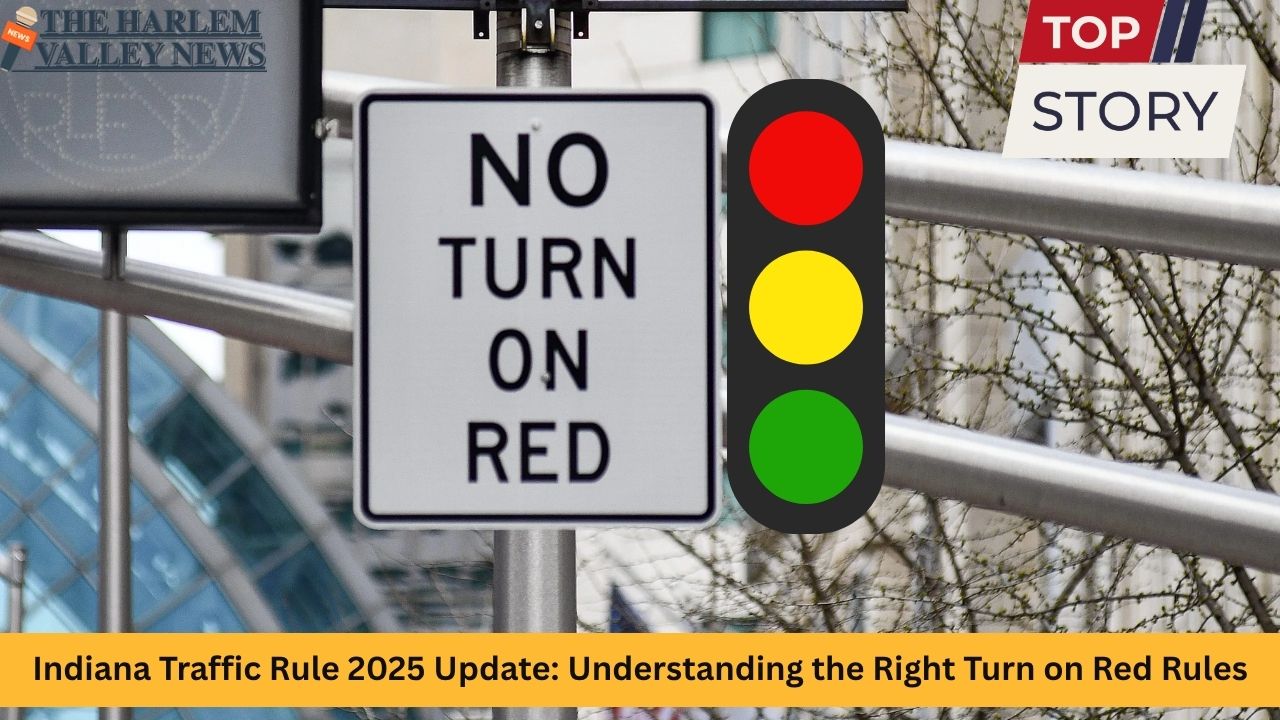
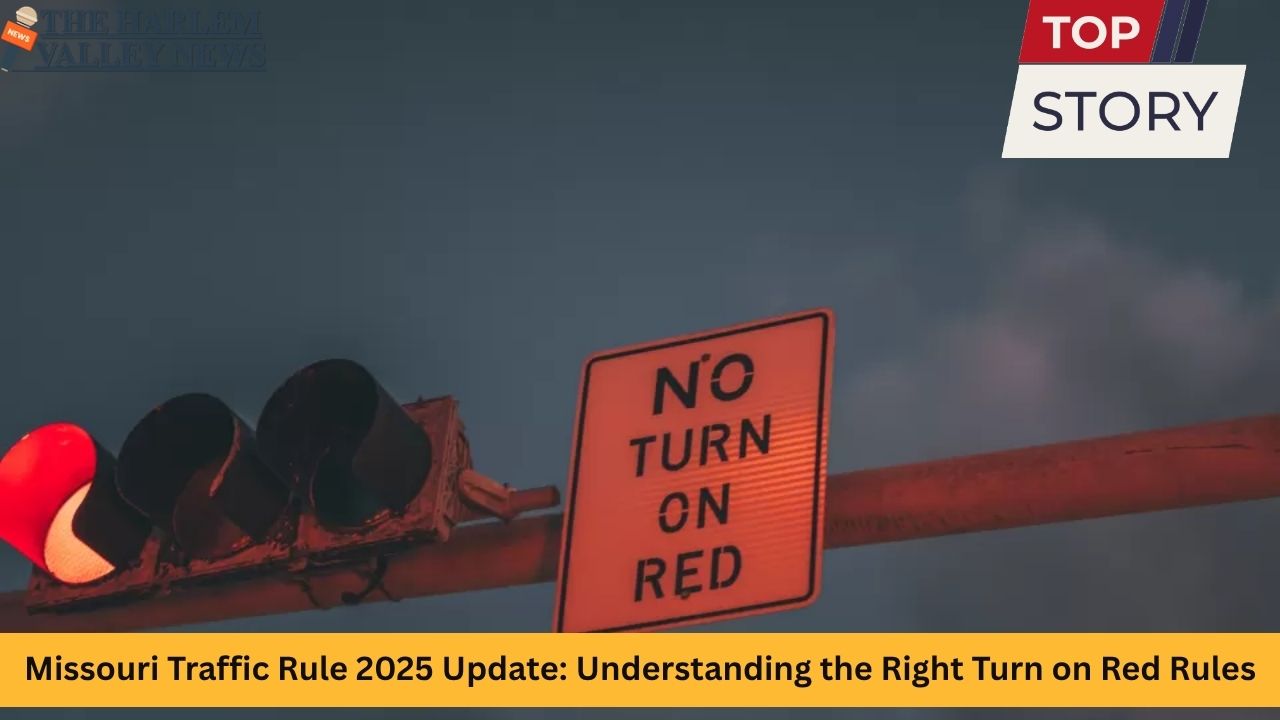


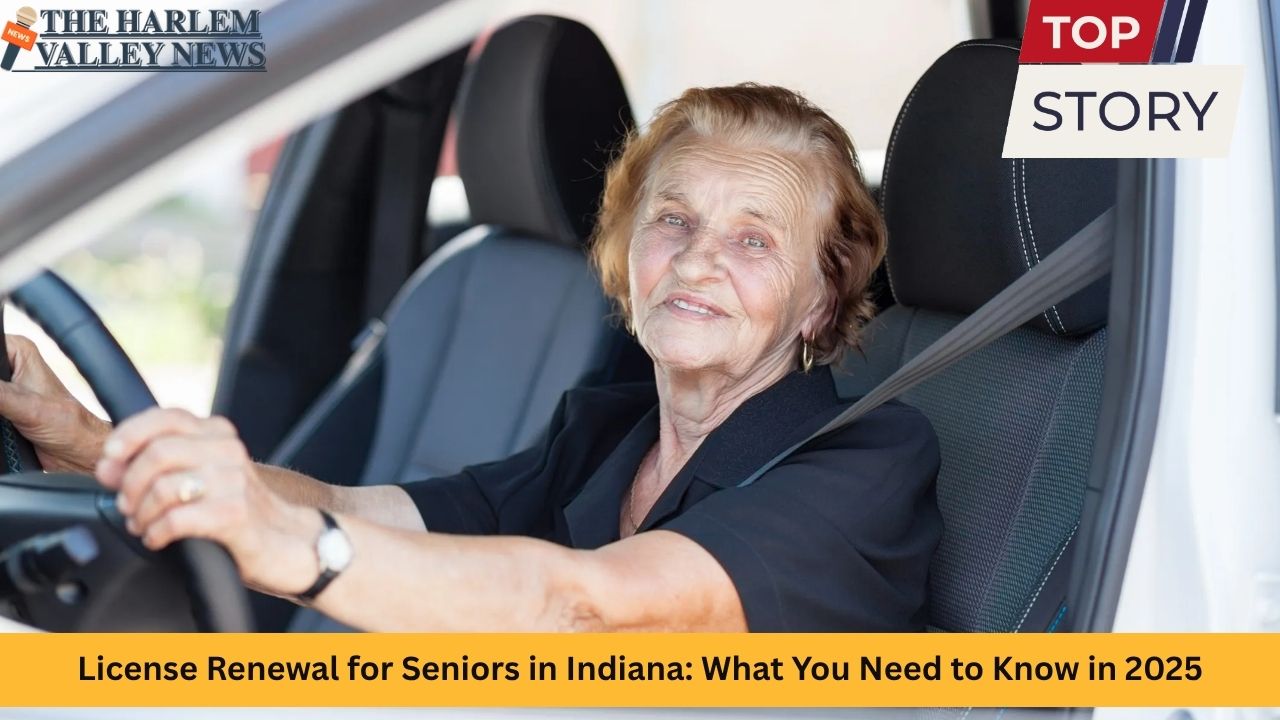
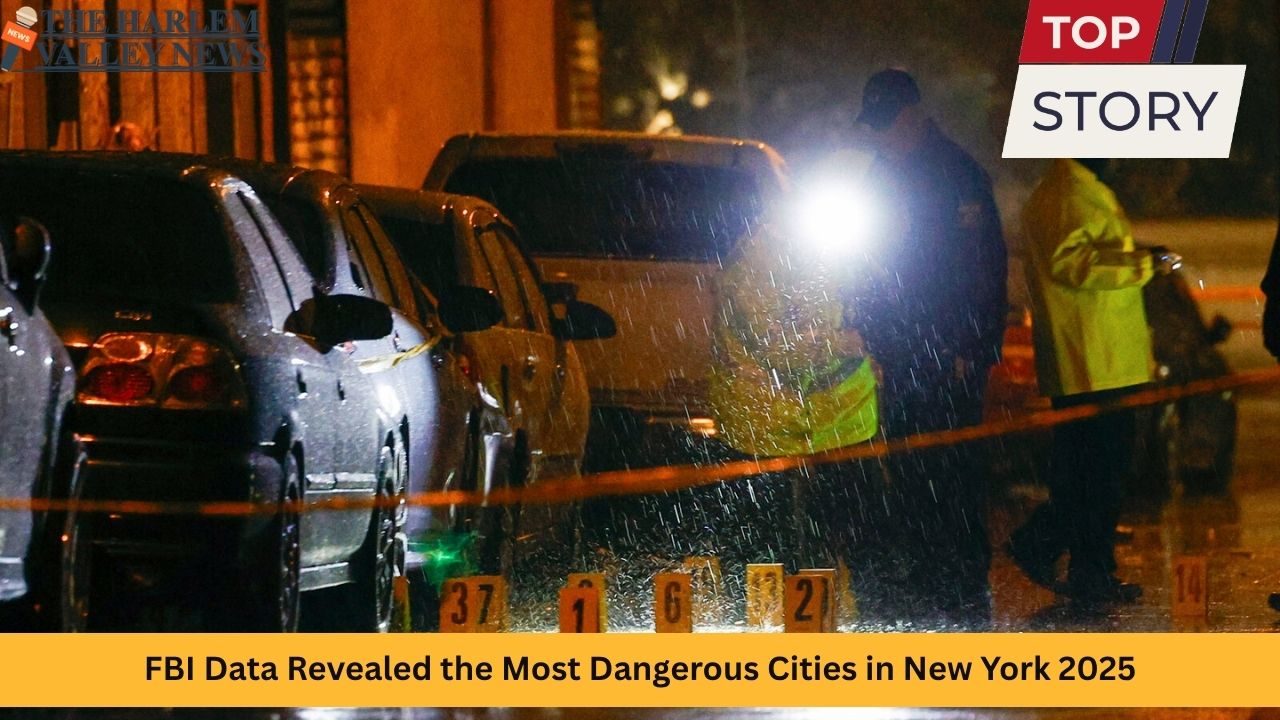


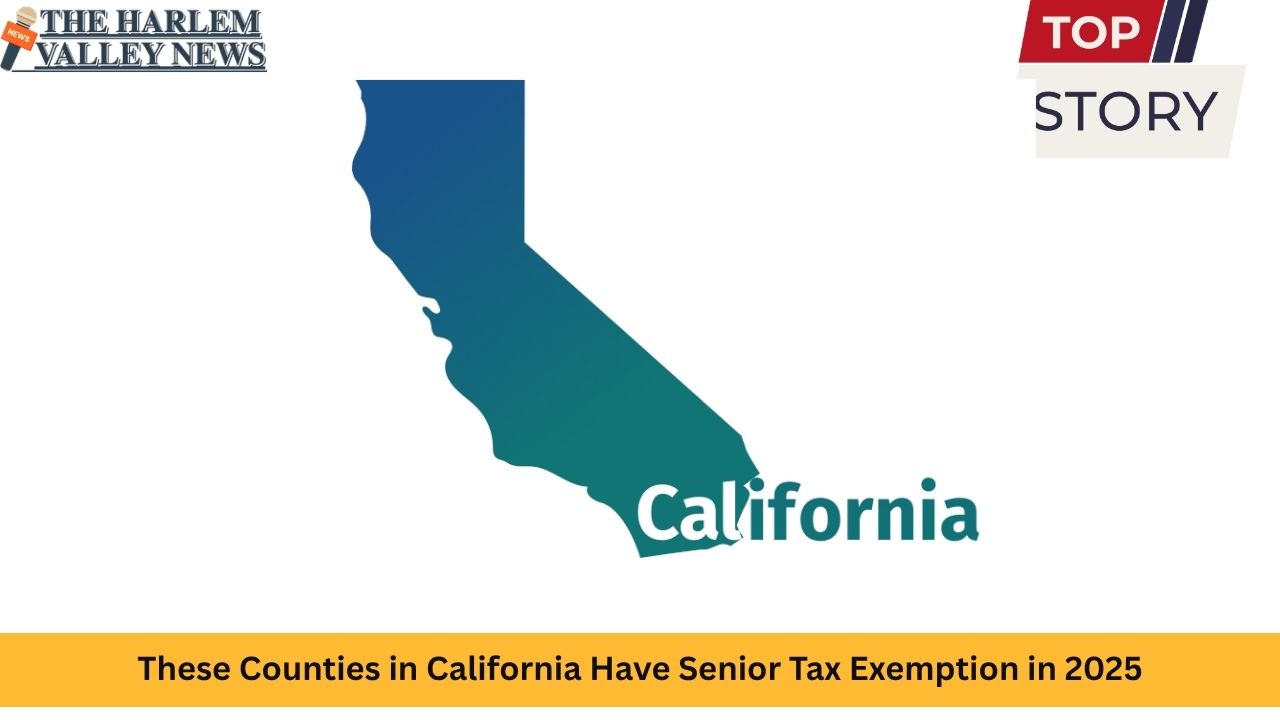

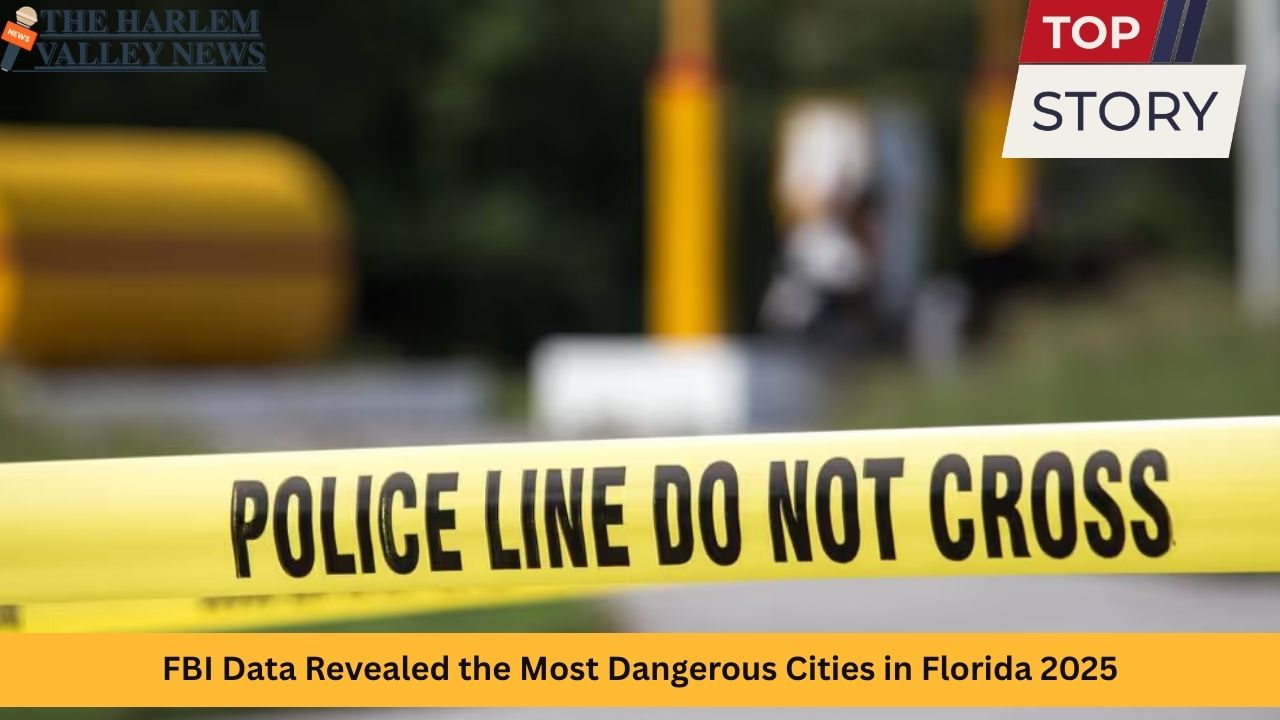
Leave a Reply